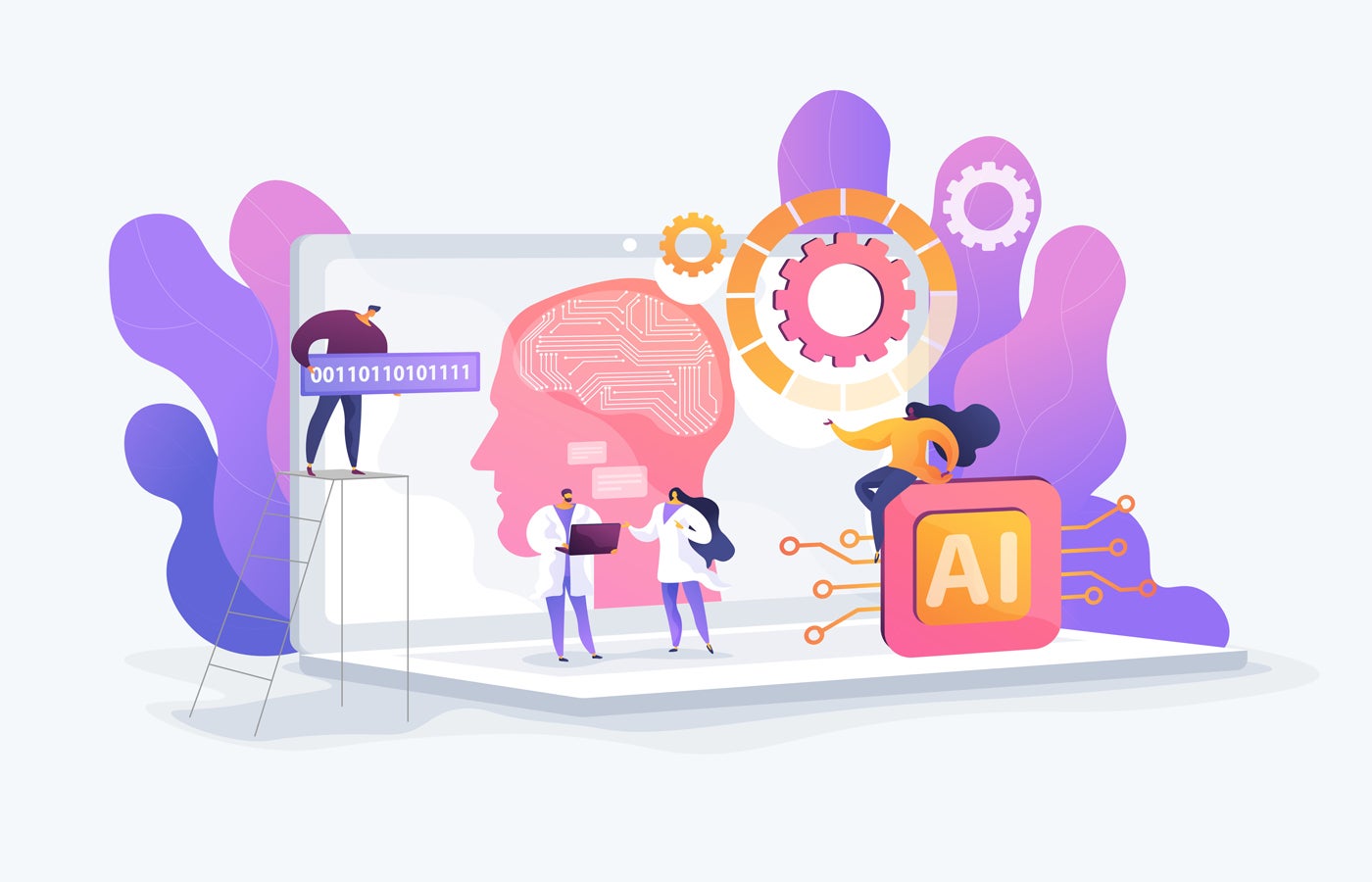Small Language Models: The Future of AI
Small is Becoming Big
In the world of AI, small is becoming very big. Many software companies, particularly those looking to ramp up their AI solutions quickly, are increasingly turning to small language models (SLMs), which require less computational power and memory — meaning smaller datasets. Designed for specific enterprise tasks, these models are not only faster to train and deploy but are already outperforming or matching similarly sized models, making them ideal for companies with limited resources, budget, or time constraints. The market for SLMs is expected to grow at a steady 15% over the next five years.
Large Language Models: The Alternative
On the other hand, large language models (LLMs) used in many AI applications are trained with massive datasets. This data can take months to train, and it’s just the beginning – it’s often followed by human fine-tuning. LLMs involve significant development expenses that may run into several million dollars, which can be a major financial burden for most software companies and startups.
What’s Next for Small Language Models?
SLMs can be useful to companies looking for targeted quick wins and are the preferable choice for many, as they use far fewer parameters and can be built from scratch or adapted from LLMs. The smaller size of these models allows them to be hosted in an enterprise’s data center instead of the cloud. SLMs are even more powerful when open-source, and by training on carefully curated enterprise datasets, they can be filtered for objectionable content with critical concerns like governance, risk, privacy, and bias mitigation, as this becomes increasingly important in 2025 and beyond.
When it Comes to AI, Timing is Everything
Among the many use cases, SLMs find a sweet spot when predicting outcomes in time series data. Timing is critical in business, where every organization has a forecast of sales, demand, revenue, and capacity requirements; this is called time series forecasting, and it involves predicting future values based on past observations collected in constant time intervals, whether that is daily, monthly, quarterly, or yearly.
AI is expected to accelerate and tighten business planning with a faster foundation model for this kind of multivariable forecasting. For instance, an SLM called Tiny Time Mixers (TTMs) can swiftly generate time-dependent outputs, predicting future trends in diverse domains such as electricity consumption, traffic congestion, retail, and finance. This type of model is being used by a global leader in the field of AI-powered investment solutions, QuantumStreet AI, to help pull ESG data and sentiment signals from news and other data sources to help its platform forecast stock price movement across industries.
Getting AI into Your Workflow Today
AI is beginning to change business in ways we are just starting to imagine. However, the breathless hype about AI of the past two years must be leavened with cost, trust, and resource considerations.
In fact, companies may soon prefer a blend of LLMs and SLMs, using bigger models first to address some of the most challenging business problems, and once they get the answer, switch to smaller models that replicate the findings at a lower cost and with decreased latency.
Conclusion
SLMs are revolutionizing the way companies approach AI, offering a more practical and cost-effective solution for businesses looking to implement AI solutions quickly. As innovation continues, models will be trained on even more data and deliver stronger performances while providing greater flexibility with support for external variables and rolling forecasts.
FAQs
Q: What are small language models (SLMs)?
A: SLMs are designed for specific enterprise tasks and require less computational power and memory, meaning smaller datasets.
Q: How do SLMs compare to large language models (LLMs)?
A: SLMs are faster to train and deploy, and are already outperforming or matching similarly sized models, making them ideal for companies with limited resources, budget, or time constraints.
Q: What are the benefits of using SLMs?
A: SLMs offer targeted quick wins, use far fewer parameters, and can be built from scratch or adapted from LLMs, making them a cost-effective and efficient solution for businesses.
Q: Can SLMs be used for time series forecasting?
A: Yes, SLMs can be used for time series forecasting, predicting future trends in diverse domains such as electricity consumption, traffic congestion, retail, and finance.
Q: What is the future of AI?
A: AI is expected to accelerate and tighten business planning with a faster foundation model for multivariable forecasting, and SLMs will play a prominent role in the advancement of AI agents that are capable of greater autonomy, sophisticated reasoning, and multi-step problem solving.










